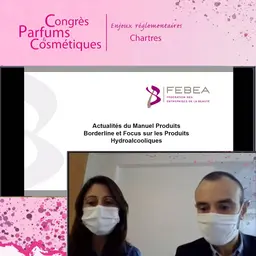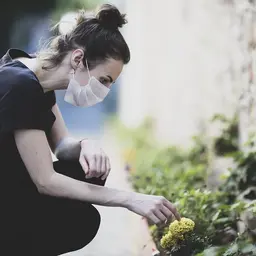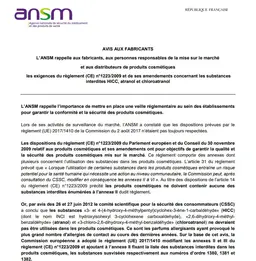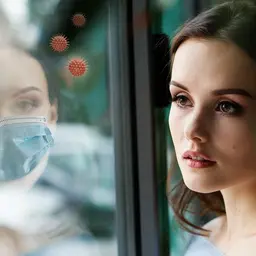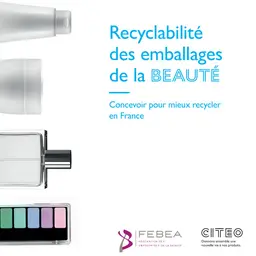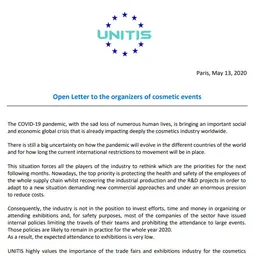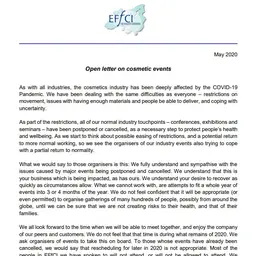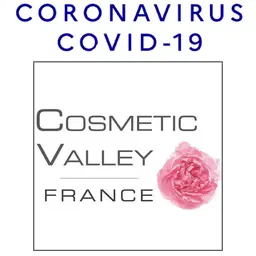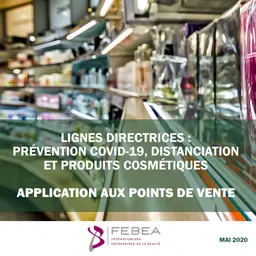
Since March 2020, the demand for hydroalcoholic products has increased sharply, as part of the barrier actions to fight against COVID-19. The DGCCRF has noted the marketing of gels under two different statuses, as biocides and as cosmetic products, and reviews the differences between them and the different obligations that these two types of products must meet.
As far as hand gels are concerned, two categories of products coexist on the market today:
• Hydro-alcoholic gels, which are biocidal products that can be used to combat the spread of COVID-19 and other pathogens
• Hand gels, which are cosmetic products, used for cleaning or modifying the smell of hands, without any guarantee of their ability to contribute to the fight against the virus
The simultaneous presence of products under two statuses has sometimes created confusion on the market as to the obligations attributable to manufacturers,“ stresses the DGCCRF in its press release.
The French Directorate-General for Competition, Consumer Affairs and Fraud Prevention points out that “the European Commission published, as early as April 2020, frequently asked questions on the legislation applicable to leave-on cleaners and hand disinfectants. Subsequently, in order to make the best possible distinction between the cosmetic and biocidal statuses, the Commission and the Member States unanimously adopted a document on the claims that hand gels for cosmetic purposes cannot make.”
It is this text which was the subject of an addendum to the Borderline Manual.
Gels with biocidal status
A hydroalcoholic gel with biocidal status is intended to disinfect the hands of users …

